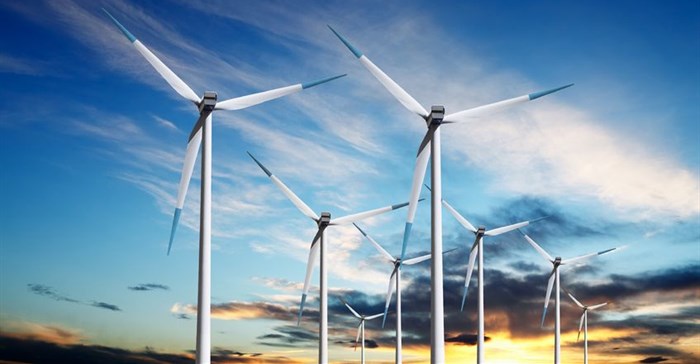PRETORIA: The Southern African Development Community (SADC) energy ministers have approved the establishment of the SADC Centre for Renewable Energy and Energy Efficiency (SACREEE).
The establishment of SACREEE was discussed at the 34th meeting of the Ministers Responsible for Energy in SADC which was held recently.
"The ministers approved the establishment of SACREEE and that the Republic of Namibia should host the centre," said the Department of Energy on Monday, 27 July.
The ministers also commended the United Nations Industrial Development Organisation (UNIDO) and Austrian Development Agency (ADA) for their contribution towards the establishment of the centre.
The objective of the meeting was for Ministers to note progress, make decisions and give guidance on implementation of the SADC Energy Programme whose aim is to facilitate and coordinate availability of sufficient, reliable, least cost energy services in the SADC region.
Chaired by the Minister of Energy and Power Development from Zimbabwe Dr. Samuel Undenge, the meeting was officially opened by South Africa's Minister of Energy Tina Joemat-Pettersson.
Among the issues discussed at the meeting was the power supply and demand situation in the region. The ministers noted with concern the capacity shortfall of 8,247MW.
"Ministers also noted that in 2014, the mainland member states commissioned generation capacity amounting to 1999MW as follows: Angola 150MW; South Africa 1654MW; Mozambique 150 and Zambia 245MW from rehabilitation and new projects; about 83% of that installed capacity was generated from renewable energy based resources (solar, wind and hydropower especially through the Renewable Energy Independent Power Producer Procurement Programme [REIPPPP] in South Africa)."
The energy ministers further noted that, the region plans to commission 2,763MW in 2015 mainly from the Democratic Republic of Congo with 430MW; Mozambique 205MW; South Africa 1,828MW; Tanzania 150MW; Zambia 135MW; and Zimbabwe 15MW.
The region also plans to install additional 24,062MW of new generation capacity by 2019 in order to address generation deficit of which 70% is expected from renewable energy sources - hydro, wind and solar.
Ministers resolved to fast track the implementation of priority regional transmission projects in order to connect Angola, Malawi and Mozambique. The projects include Zambia-Tanzania-Kenya (ZTK) Interconnector; Mozambique-Malawi Interconnector and the Namibia-Angola Interconnector.
The ministers also noted progress on Zimbabwe-Zambia-Botswana-Namibia (ZIZABONA) Transmission Project as well as Mozambique-Zimbabwe-South Africa (MOZISA), which are meant to relieve congestion on the regional grid to facilitate electricity trade.
The DRC and South Africa were commended for ratifying a treaty on the development of the Grand Inga Hydropower project.
South Africa was advised to accelerate signing of inter Governments Memoranda of Understanding (IGMOU) for future evacuation of power from Grand Inga to South Africa and neighbouring member states.
Ministers noted that 12 out of the 15 SADC Member States have introduced regulatory oversight in the form of an energy or electricity regulatory agency and that the remaining member states are at different stages of the process.
Additionally, the ministers noted that so far only Namibia and Tanzania reached cost reflective tariffs. The ministers readjusted the timeframe of their previous decision and reaffirm their commitment to ensure that the SADC region reaches full cost reflective tariffs by 2019.
The ministers noted developments at continental, regional and national level relating to the UN Sustainable Energy for All (SE4All) Initiative whose principal objective is to achieve Universal Energy Access by 2030 through ensuring universal access to modern energy services; doubling the rate of improvement in energy efficiency and doubling the share of renewable energy in the global energy mix.
The ministers noted the proposed Sustainable Development Goals (SDGs) and especially SDG 7, 9, 12 and 13 on energy access, industrialisation, sustainable usage of natural resources and combating climate change which are in line with SADC objectives and regional development priorities.



















